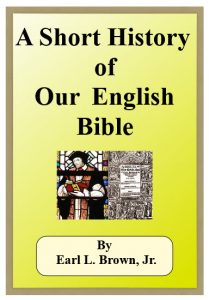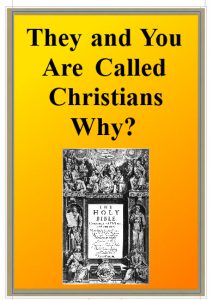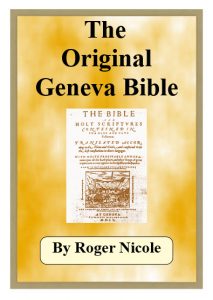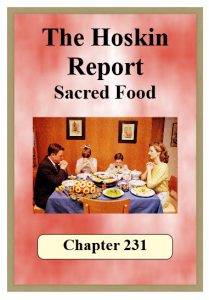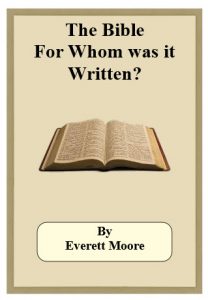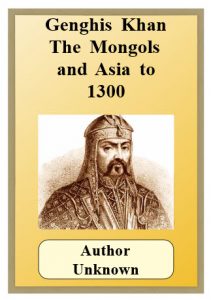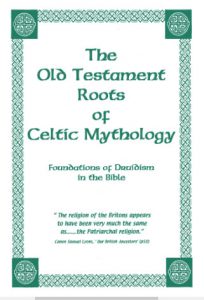“THE TIME IS FULFILLED, AND THE KINGDOM OF GOD IS AT HAND”. “REPENT; AND BELIEVE THE GOOD NEWS.”
(Mark 1. 15)
WE ARE GETTING VERY NEAR THE END OF THE JOURNEY. It has been long, hard, and dangerous: the road often rough and stony, many foot getting torn and wounded. But the glad news is this, that the end is at hand; the end of “this present evil age”, as the Scriptures call it. Soon the “King” is coming, to mete out His rewards of honour and service to those who have been “found faithful”. These Overcomers, we are told, will then live and reign with him a thousand years” clothed in His own resurrection Image of immortality.
We thus see, that although this little book is entitled “The Last Sign Post”, it is not so much the End we wish to look at, but a glorious New Beginning. Not a Departure, but a wonderful Arrival, reaching the Dawn of a new and long-awaited Day of Peace on earth, in which men will be led to do God’s Will here in earth, as in heaven.
As far as “this present evil age” is concerned, we are not out of the wood yet. There is a dark cloud gathering! But, to all who have eyes to see, this cloud has a magnificent silver (if not ‘golden’) lining! Those who are in close touch with God and with His truth and revelation and Word for us today, who rejoice in that “wore sure word of prophecy, whereunto we do well that we take heed, as unto a light that shineth in a dark place until the day dawn”, are not fearing pending evil. Their “heart is fixed, trusting in the Lord”! Are you one of these? and if not, why not?

